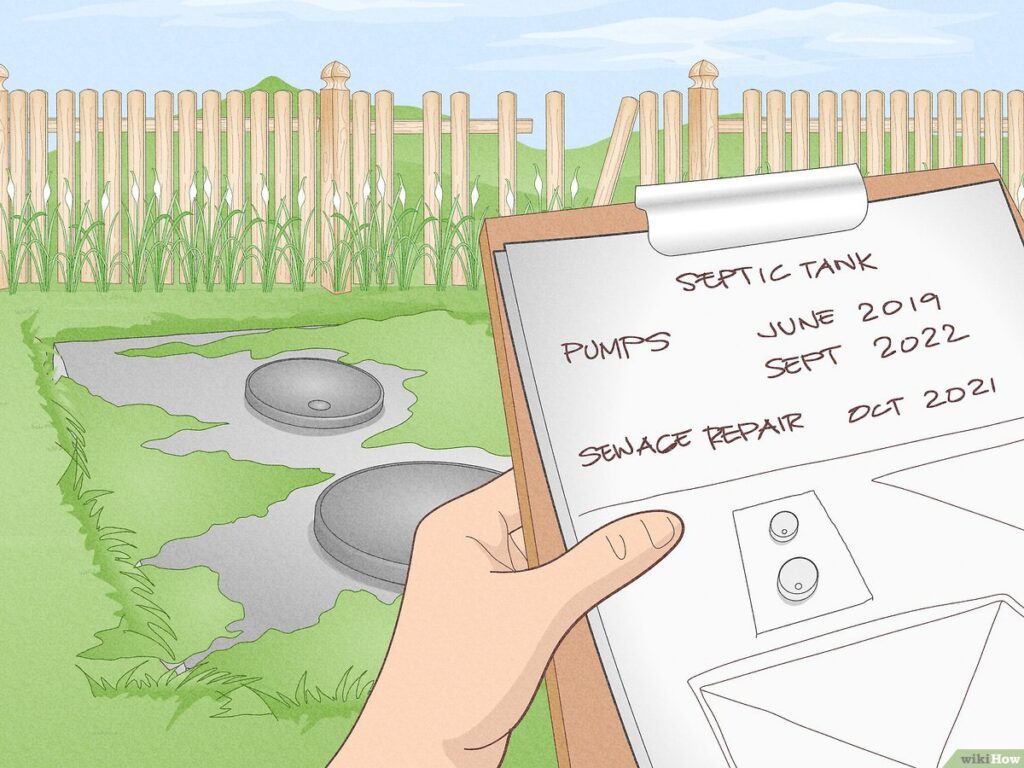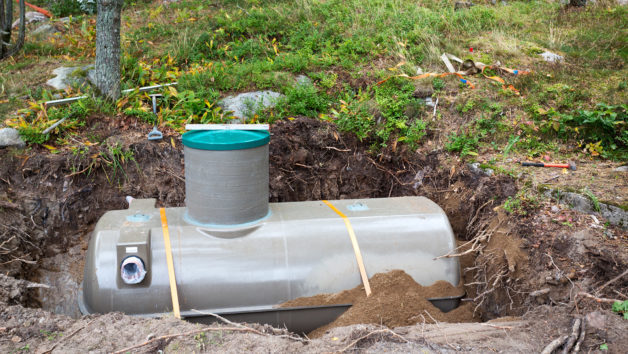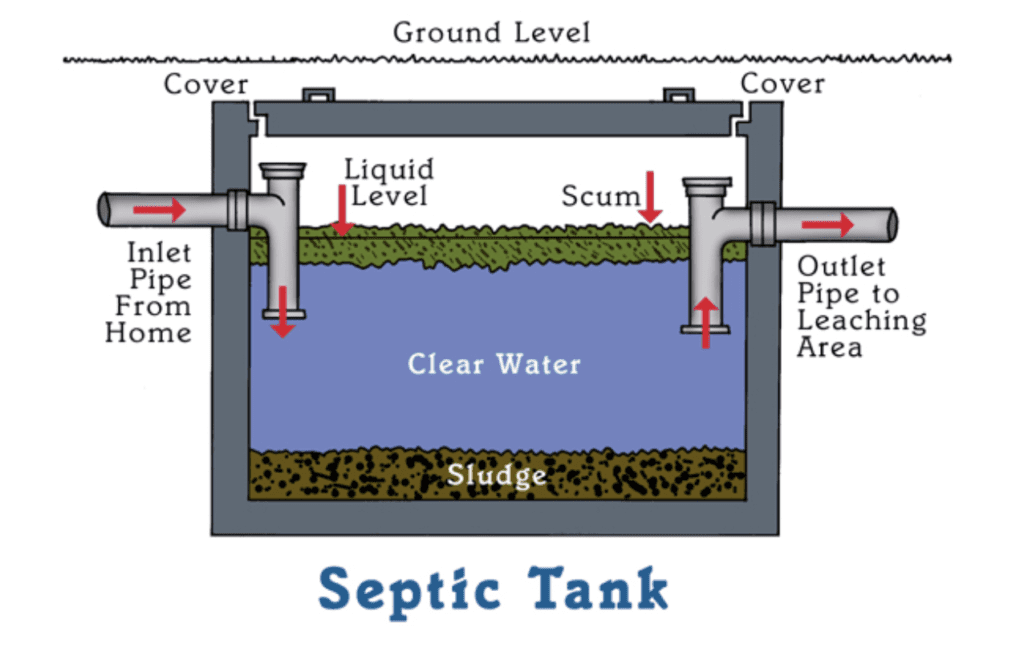After your septic tank has been pumped, it is crucial to follow a comprehensive post-pumping maintenance routine. Properly maintaining your septic system is essential for ensuring its longevity and preventing any potential issues down the line. So, what should you do after your septic tank has been pumped? Let’s dive into a complete guide to help you with the necessary steps.
Firstly, it is important to avoid excessive water usage immediately after pumping. This allows the septic tank to properly settle, ensuring that any remaining solids and sludge have time to settle at the bottom. Overloading the system with water could disrupt this settling process, potentially leading to clogs or backups. Additionally, it is advisable to carefully monitor your water usage over the following few days and spread it out evenly to provide adequate time for the septic system to recover.
Next, be mindful of what goes into your drains and toilets. Avoid dumping any harsh chemicals, grease, or non-biodegradable materials into the septic system. Instead, stick to septic-safe products and consider implementing a regular maintenance schedule, including septic tank additives as recommended by professionals. Furthermore, it is crucial to abstain from flushing excessive amounts of solid waste or non-flushable items, such as wipes or sanitary products. Taking these precautions will significantly contribute to the proper functioning and longevity of your septic system.
Remember, proper post-pumping maintenance is vital to keep your septic system in peak condition. By following these guidelines and practicing responsible usage, you can ensure the efficiency and longevity of your septic tank, minimizing the risk of costly repairs or replacements in the future.”
Inspecting the Septic Tank
After your septic tank has been pumped, it is crucial to perform a thorough inspection to ensure that everything is in proper working order. Start by checking for signs of damage or leakage. Look for any cracks, corrosion, or weak spots in the tank walls or lid. It is important to address these issues promptly to prevent further damage and potential contamination of your surroundings. Additionally, inspect the inlet and outlet pipes for any blockages or obstructions that may impede the flow of wastewater.
Monitoring the Effluent Levels
Once the septic tank has been pumped, it is essential to monitor the effluent levels to determine if further pumping is necessary. To do this, measure the sludge and scum layers. The sludge layer refers to the solid waste that settles at the bottom of the tank, while the scum layer is composed of lighter substances that float on top. If these layers become too thick, it may indicate the need for additional pumping to maintain optimal functioning of the tank.

Restoring Bacterial Balance
Maintaining a healthy bacterial balance in your septic tank is crucial for its overall effectiveness. After pumping, it is recommended to introduce septic tank additives or bacteria-based treatment products to restore the bacterial population. These products promote the breakdown of organic matter and help maintain a balanced ecosystem within the tank. Regular use of these additives can enhance the tank’s performance and prevent potential issues such as foul odors or clogged pipes.
Maintaining Drain Field Health
Inspecting the drain field is an essential part of post-pumping maintenance. Check for signs of compaction, which can occur when heavy objects are placed over the drain field, limiting its ability to absorb wastewater properly. Compacted soil can lead to drainage problems and potential backup of sewage. Additionally, monitor soil moisture levels to ensure that the drain field is adequately draining wastewater. Proper drainage is crucial for the septic system to function effectively.

Preventing Blockages
To avoid blockages and system malfunctions, it is essential to adopt good practices. Firstly, avoid flushing non-biodegradable items down the toilet or drains. Items such as wipes, sanitary products, and chemicals can clog pipes and disrupt the septic system’s functioning. Secondly, limit the use of harsh chemicals, such as bleach or strong detergents, as they can kill beneficial bacteria in the septic tank. Lastly, regularly clean drainage filters to prevent debris from accumulating and obstructing the flow of wastewater.
Conserving Water
Implementing water-saving practices is not only beneficial for the environment but also helps maintain a healthy septic system. Repair any leaky fixtures promptly to prevent excess water from entering the septic tank. Additionally, be conscious of your water usage by taking shorter showers, installing low-flow faucets and toilets, and using efficient appliances. Conserving water reduces the strain on your septic system by preventing it from becoming overwhelmed with excess water.

Scheduling Regular Inspections and Maintenance
To ensure the long-term functionality and durability of your septic system, it is essential to schedule regular inspections and maintenance. Hiring professional septic tank services is highly recommended as they have the expertise and knowledge to thoroughly assess the system’s condition. Establishing a maintenance plan helps identify potential issues before they escalate into costly repairs, ensuring that your septic tank operates efficiently for years to come.
Educating Household Members on Proper Usage
Proper education on septic system usage is crucial in preventing damage and maintaining its optimal functioning. Inform household members about substances that are harmful to the septic system, such as grease, oil, pesticides, and strong chemicals. Encourage the proper disposal of these substances, such as through designated disposal methods or recycling centers. Additionally, teach water conservation habits, such as taking shorter showers, fixing leaky faucets promptly, and using water-efficient appliances to reduce the strain on the septic system.

Notifying Local Authorities and Obtaining Permits
Staying compliant with local regulations and obtaining the required documentation is essential when it comes to your septic system. Familiarize yourself with the local regulations surrounding septic systems and ensure that you adhere to them. This includes obtaining any necessary permits or certifications before undertaking any repairs or modifications to your septic tank. Notifying local authorities ensures that your septic system remains legal, safe, and environmentally friendly.
Handling Emergencies
While regular maintenance helps prevent emergencies, it is essential to know how to handle them correctly if they do occur. Recognize warning signs of problems, such as foul odors, gurgling sounds, slow drains, or wet areas in the yard. If any of these signs are present, it is crucial to seek professional help immediately to avoid further damage. Taking immediate action when faced with septic system emergencies can help minimize the impact on your property and prevent potential health hazards.
By following these comprehensive steps for post-pumping maintenance, you can ensure the long-term functionality and efficiency of your septic system. Regular inspections, proper usage, and proactive measures are key to avoiding costly repairs and maintaining a healthy septic tank. Take care of your septic system, and it will continue to take care of you and your household for years to come.

